Information asymmetry
The logic of myths, propaganda and conspiracy theories.
(This post was first published at gillesdc.com)
The evening of February 27, 1933 in Berlin. Adolf Hitler and Joseph Goebbels are playing gramophone records at Goebbels' home. The phone rings. “The Reichstag is on fire!” Goebbels struggles to contain his excitement. It's the pretext the Nazis had long been waiting for.
As Hitler and Goebbels race out, Hermann Goering, already at the scene, strikes the iron while it's hot. “This is the beginning of the Communist Revolution. We must not wait a minute! Every Communist must this very night be strung up!"
The Nazis double down. With the parliament cupola still smouldering, they clamp down on liberties and opponents. Storm troopers roar through the streets, rounding up victims at will. Freedom of speech and press are gagged, meetings banned and properties seized. Hitler assumes dictatorial powers. The German people went to sleep in a democracy and woke up in a tyranny.
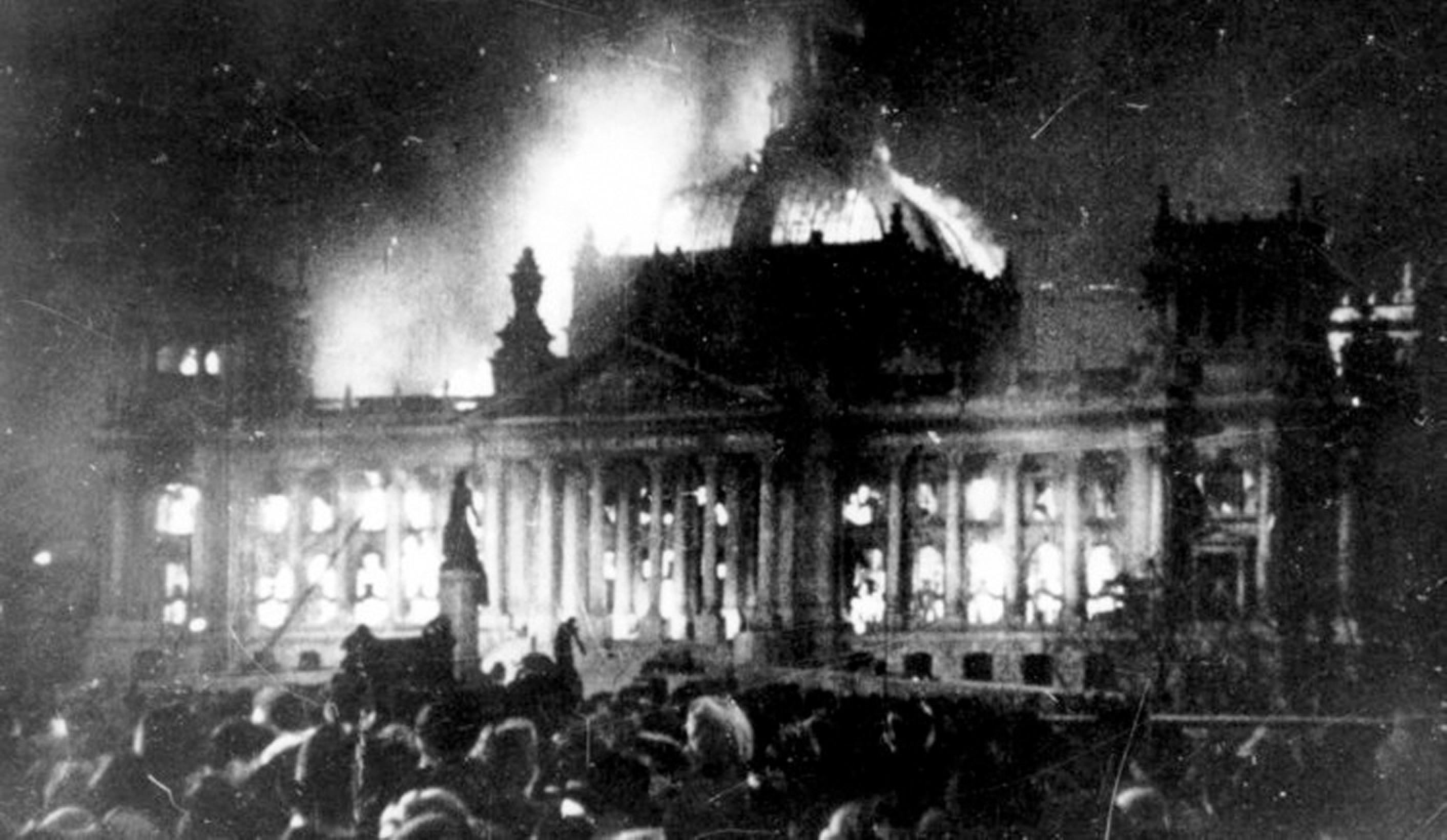
The fire was a godsend for the Nazis. The sort that feels too good to be true. To this day, nobody knows what really happened. Those who did are long dead, many slain in the months that followed. The Nazis guillotined a Dutchman by the name of Marinus Van der Lubbe. While there’s no doubt Van der Lubbe was at the scene playing with fire, it’s doubtful he acted alone. So much is suspected from the sheer scale of the inferno, as flames sprung up from scattered gasoline pools — clearly poured in advance. Goering in particular is said to have been planning the plot for months, as well as boasting about it at Hitler’s birthday in 1942. A known arsonist and communist, Van der Lubbe was the perfect fall guy.
Daydreaming apes
Whether the Reichstag fire was serendipity or scheme is a moot point. The history lesson is not in what kindled the fire but in how it was exploited for power through humanity’s greatest skill: fiction. Though all complicit, it wasn’t brain size, walking upright or fire that separated humans from the animal kingdom. We emerged from the African savannahs to conquer the world by crafting imagined realities with complex language.
As real as they feel in our daily lives, things like money, the Church, companies, democracy and the Belgian nation have no grounds in the material world. They are figments of collective imagination we perpetuate by believing in them. Such myths can unite millions of strangers in narrative networks that coordinate their actions towards common goals. The same way code programs machines, stories program human beings. The more people believe a myth, the larger its power over society. Ultimately, multiple myths mesh together in grand cultures — like liberalism, capitalism, catholicism and nazism. Mass-scale socialisation in the name of the greater good.
"You could never convince a monkey to give you a banana by promising him limitless bananas after death in monkey heaven." — Yuval Noah Harari
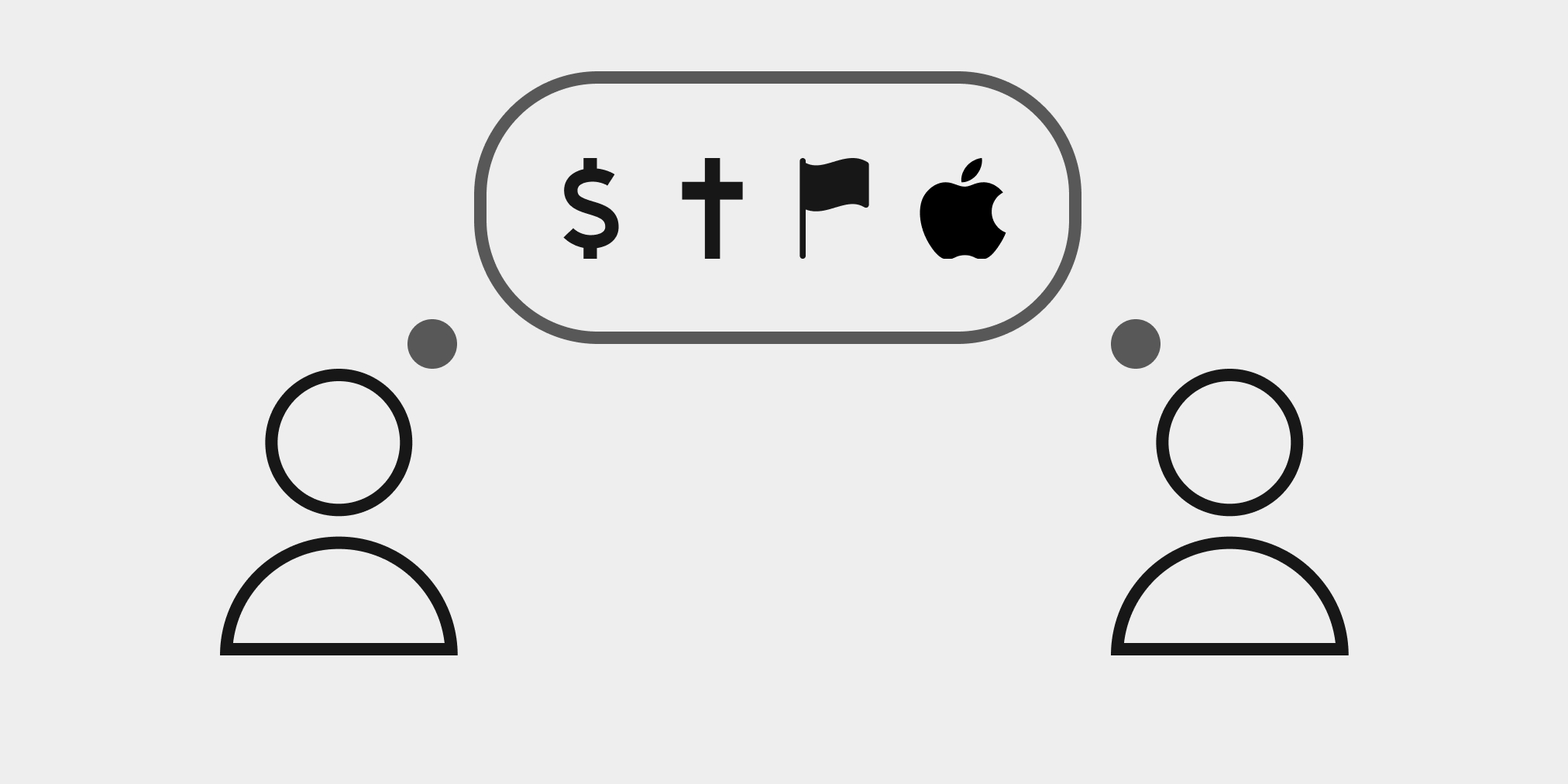
Myths are not synonymous with lies. Telling you I’m on my way while I have yet to leave the house is different from explaining the Universe’s mysteries as divine presence. To lie requires knowledge of the falsifiable truth. In fact, there is little doubt most Nazis religiously believed their myths. History is a sequence of ideological battles between parties believing to be on the right side of it.
Intermezzo: notable Nazi myths
The Nazis knew how to tell a good story. Their Third Reich was constructed on a series of myths that cunningly explained the suffering of Germans as injustices done to them by enemies — justifying the aggression that would escalate into World War II as a matter of survival.
Stab-in-the-back — The Nazis asserted that Germany didn't lose World War I on the battlefield, but was instead betrayed by the homefront, literally behind their backs. Jews and socialists supposedly stirred strikes and social unrest to destabilise the German war machine from within. The conspiracy to overthrow the Hohenzollern monarchy was completed with the signing of the armistice and ensuing Treaty of Versailles. These sanctioned Germany's defeat and gave rise to the Weimar Republic. By implication, the democratic leaders were traitors and their rule illegitimate.
Jewish world conspiracy — Jews in particular were said to secretly control the world's banks and governments, colluding against white, Christian and German interests as some kind of shadow monster.
Superhumans vs. subhumans — Nazi ideology claimed a hierarchy of human race, believing the Aryans (Nordic and Germanic) to be superior humans. At the bottom, Jews, Slavs and Romani people were considered üntermenschen, unworthy of life. They were to be enslaved like beasts or even eradicated like vermin, freeing up their lands als living space for the superior Germans.
None of these myths proved even remotely grounded in reality. Lies have a tendency to boomerang back. The Nazis found this out the hard way when the subhuman Russians beat them back and ended up invading the German fatherland. Hitler for his part madly stuck to his myths and died blaming the cataclysmic failure on the German people.
When myths meet Machiavelli
Myths become propaganda when they’re rooted in power more than in truth. Propaganda is machiavellian in nature: it cares more for the unity achieved by the story than the factfulness of its origins. It’s power’s means of self-preservation.
“A lie can be maintained only for such time as the State can shield the people from its consequences. It thus becomes vitally important for the State to repress dissent, for the truth is the mortal enemy of the lie, and thus of the State.” — Joseph Goebbels, Nazi Chief Of Propaganda
It doesn’t matter what really happened inside the Reichstag building on that faithful night in 1933. It was a communist plot in Nazi Germany as much as it would have been a Nazi plot in a Communist Germany. With Hitler already in power as chancellor and his thug henchmen terrorising the streets, the Nazi version prevailed by force.
Creative influence of power on ruling myths is not binary. It would be a mistake to think propaganda is an exclusive feature of totalitarian regimes. As much as democratic governments hail free speech — another intersubjective reality — and appoint Ministers of Communication instead of Propaganda, they too are at mercy of social order and existentially invested in preserving it. That is not criticism. After all, protection from chaos — social, economic, political — is what societies need laws and institutions for in the first place. Yet, however symbiotic the relationship, power is still granted upwards. And, like the genes of the faceless bureaucrats that rule the nation, power has an instinct to self-perpetuate. This inevitably filters narratives as they trickle down — be it in indirect ways and to various extents.
Information asymmetry
In communication theory, this top-down dynamic is known as informational asymmetry: one party has more information than the other. If I’m a marketer and you’re a developer, each of us has information gained from subjective experience the other one doesn’t. As I try to relay that information with you, part of it inevitably spills in the process. First, by objectifying the information as language. Nuances get lost, misinterpretations occur. No matter my effort, the information will never match the experience it tries to convey.

Time and space also matter: the further information has to travel via people and media, the more distorted it gets. By the time it arrives, actors along the way will have shaped form and function — be it through communicative shortcoming or deception to advance interests.
History is state-sponsored
History, as they say, is written by the winners. The story of human civilisation as taught to our children in school is truly the story of the few pulling the strings. Think about the number of mediums in space and time it travelled through. Think about how much was lost. Think about how much was manipulated. Think about how many knew they were writing their own history.
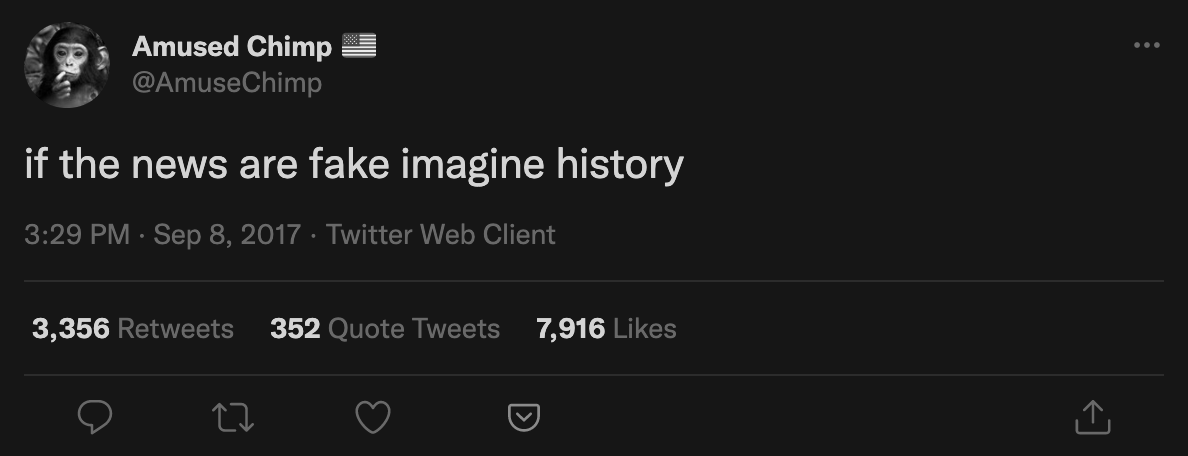
So-called Dark Ages make for an instructive example. Ages are “dark” when few written sources are available to historically reconstruct them. As such, they are mostly glossed over, suggesting that nothing really happened. Almost as if there were no people around or that, if there were, they were uncultured beasts.
In reality, these were times when human culture was decentralised because state forms were few and fragile. History is really the story of states rather than of humans. Those living outside of the state are excluded from history as “barbarians” — prompting James C. Scott to rebrand Dark Ages as the Golden Age of Barbarians in his book Against The Grain. Scott estimates that, up until 400 years ago, a third of the world was inhabited by non-state barbarians, as hunter-gatherers, pastoralists and horticulturalists.
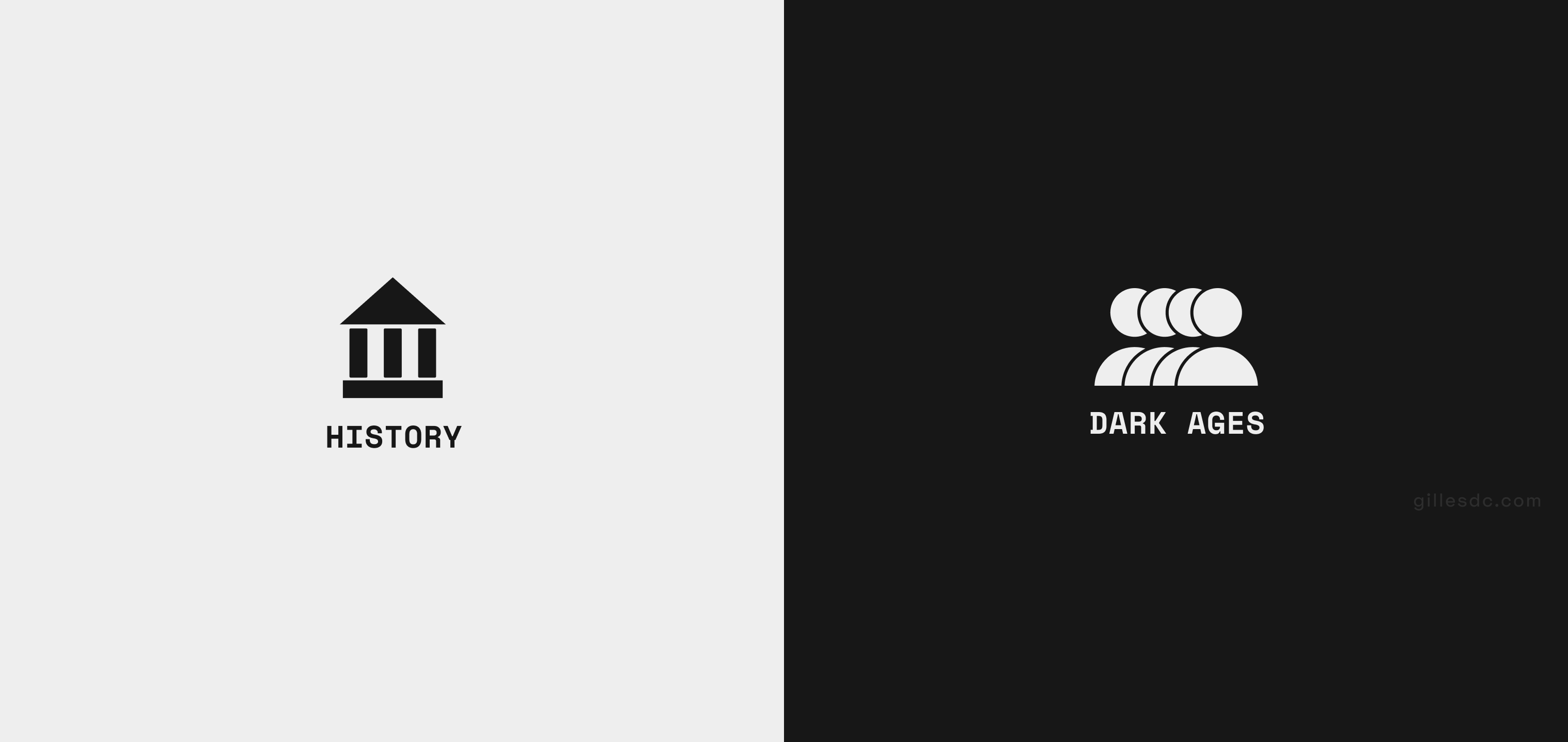
Information = Power
When criticised for arrogance, Henry Kissinger once said he only appeared arrogant to people who didn’t have the same information he had. His point being that the higher you are on the ladder of power, the more you have to hide. Not only do you obtain power by knowing things others don’t, you also keep it by maintaining that advantage. On top of that, a position of power also gives you access to new information. To stay in power thus means to protect the informational asymmetry that got you there, through manipulation of information supply chains.
How conspiracy theories ring true
Conspiracy theories turn this dynamic upside-down, hinting there’s something more going on than we are led to believe. They recognise inconsistencies in standard narratives and fill in the blanks. Often crazily so, but people who instinctively scoff at conspiracy theorists overlook the truism that some information is simply too valuable to share. And by implication trust sources above their heads to tell the full truth, while it’s often not in their interest to do so. Look no further than Covid-19’s lab-leak origin story: the more its status upgrades from ridiculous to plausible, the colder mainstream media seem to go on the story.
"All things are subject to interpretation. Whichever interpretation prevails at a given time is a function of power and not truth." — Friedrich Nietzsche
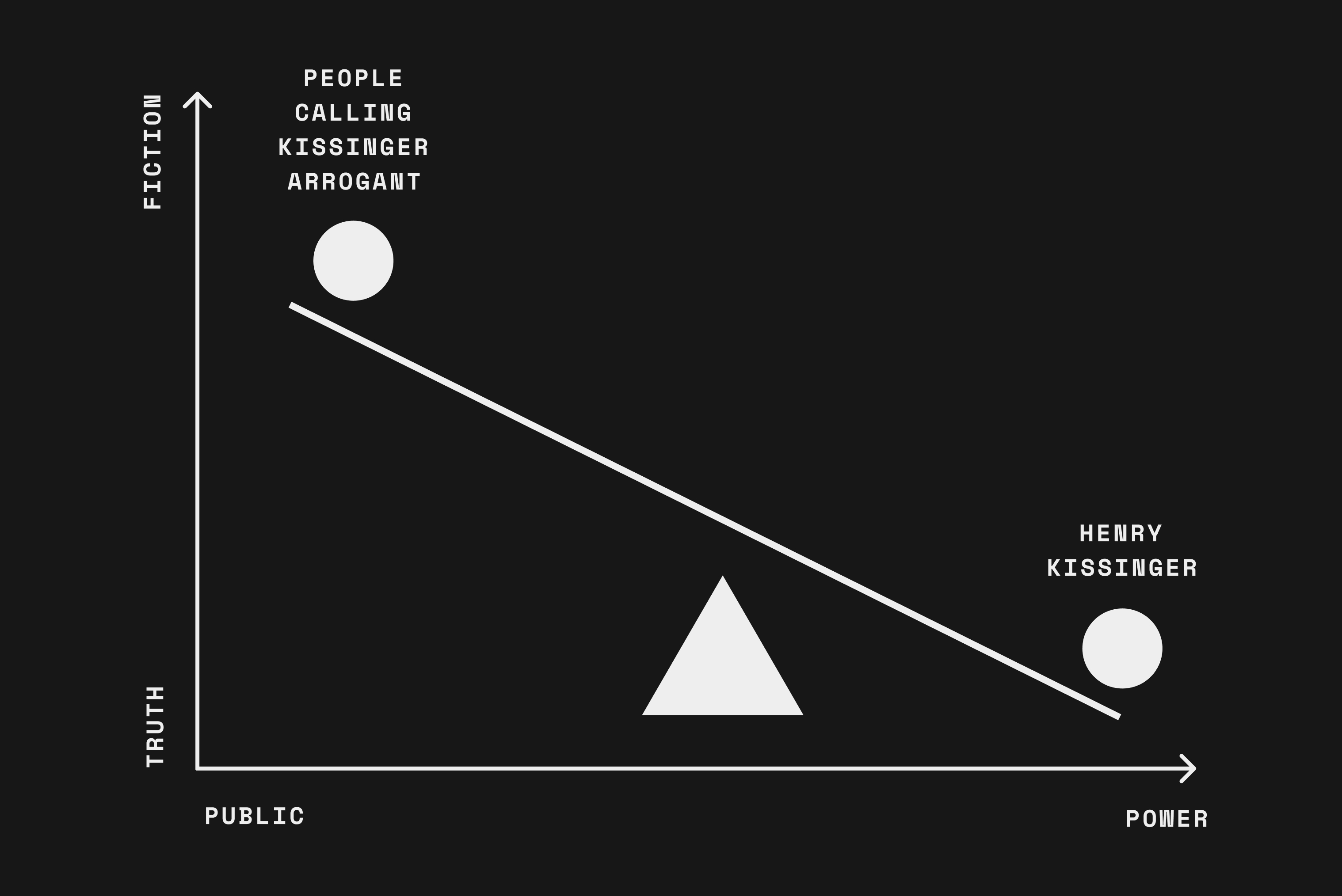
Poisoned pipelines
Misinformation is the downstream symptom of an information supply chain corrupted at the source. Conspiracy theories are wrong by default because they're after hidden knowledge that can’t be verified. Systemic ambiguity incubates alternative explanations. Misinformation then spreads not through truth but by preying on self-centredness. People subscribe and share because it makes them feel contrarian. Special and smart. They mistake misinformation for information advantage and get seduced by the power it projects. They all want to be Henry Kissinger.
The Nazis only won 44% of the vote following the Reichstag fire — the last election in Hitler’s life — against a combined 32% of his rivals on the left. Despite the terror and intimidation, many doubted the communist coup narrative. But with radio and newspapers at Nazi gunpoint, such doubts rarely made it past the stage of backroom whisper. Those who did raise their voice were sent off to concentration camps as enemies of the state.
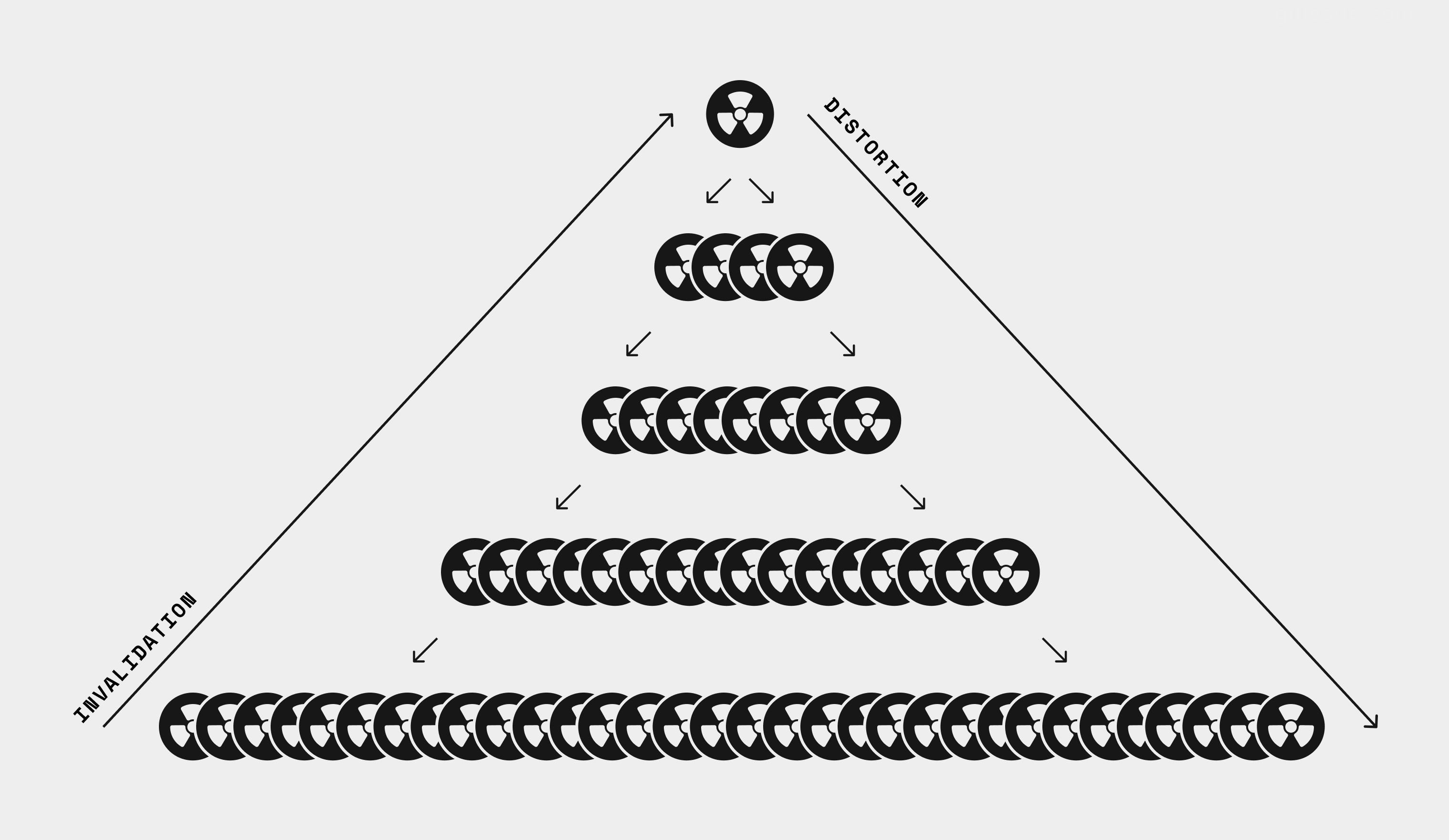
Today, anyone with a smartphone has a worldwide total addressable market to share doubts with in real-time. Rather than downstream from a single radio station and a couple thousand newspapers, information now travels between billions of decentralised nodes at the speed of light. For better or worse, it becomes an unstoppable force no army of stormtroopers nor fact checkers could ever hope to halt.
Misinformation kills
For better or worse is a function of truth.
When truthful, information rationalises markets and tightens societies. It scales the trust that makes strangers talk and trade.
As we’ve seen, humans are the networked species. We’ve bypassed natural boundaries through shared belief in stories that align individual minds with grand group goals. These myths cast an imagined order, a mental map that allows us to navigate the messy, objective reality as large coordinated groups.
But what happens when the raw material is misguided, when the map shows a mountain where the territory is a ravine? The house of cards comes crashing down and the lies cause real suffering. So far mostly on a national scale: the Roman, Napoleonic, Nazi and Soviet networks fell to give rise to others. Historic selection of myths, if you will. Now, the internet has raised scale and stakes, uniting billions in a global digital network that defies national borders. If our global myths fail, we all suffer.
Web2: Popular > True
The problem is that the digital networks we get informed by are owned by corporate titans with greedy shareholders. Their algorithms govern information for profit similar to how Nazis governed press for power. Attention is the native currency of the Internet as currently constructed. The longer you keep watching, the more eyeballs to sell to advertisers, the higher the stock price climbs. When clicks equal revenue, there is no incentive to tell the truth. Feeds show what is popular over what is true. Fact checkers face the impossible task of holding back a raging river with a bucket. They are too far downstream: (mis)information spreads a lot of faster than it can be invalidated against truth. The genie/virus can’t be put back into the bottle/lab.
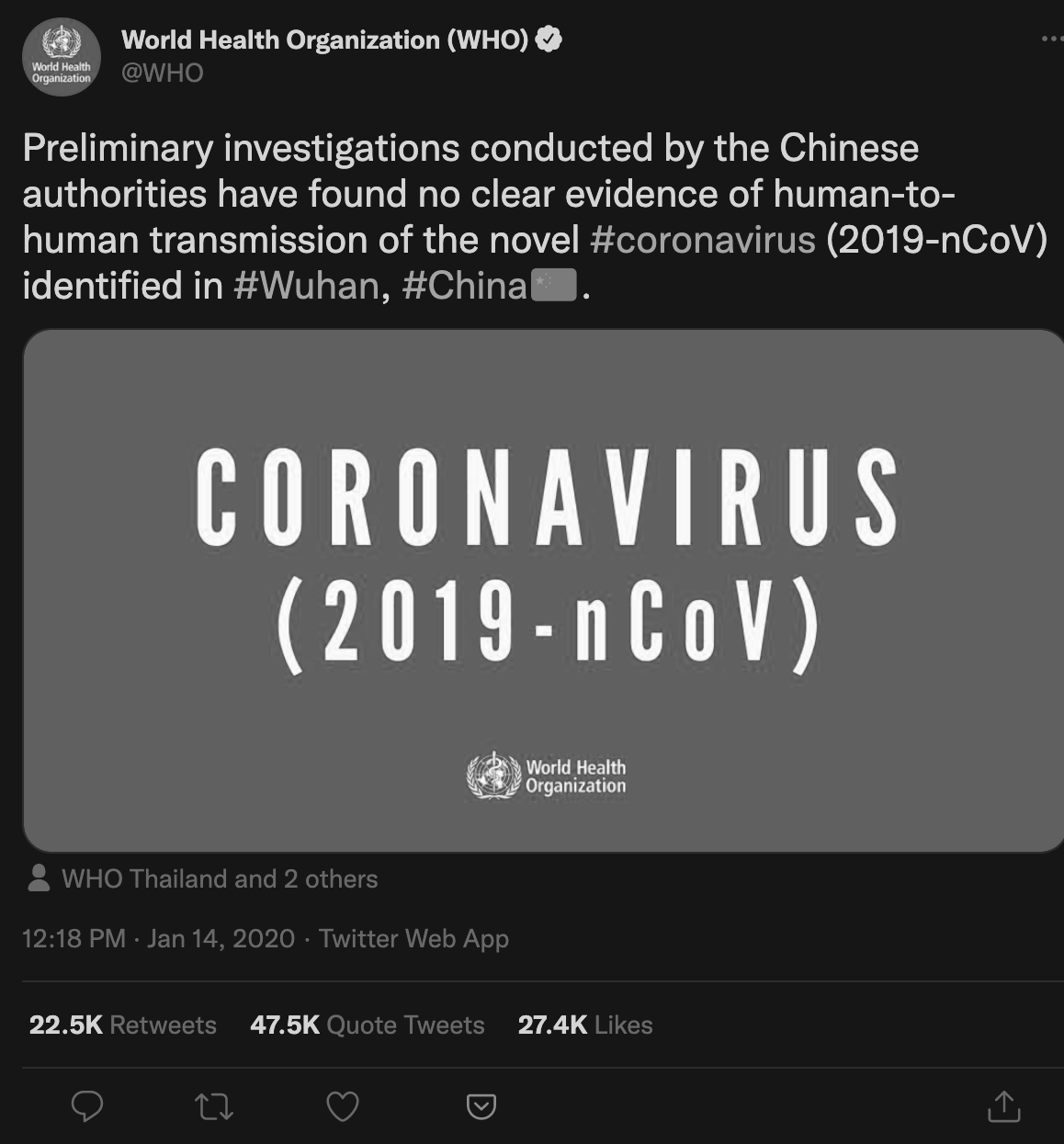
Reality → Data → Information → Story
At this point, it’s important to remember the difference between data, information and stories.
Data renders reality as numbers that can be verified through measurement and calculation. It’s objective and quantitative. Information interprets data in relation to an environment so it gains meaning. Claude Shannon, the father of information theory, defined information as the “resolution of uncertainty.” It leads the way for agency. For example:
Data — My body records a drop in temperature and increasing friction from wind. These changes can be measured and rendered in numbers.
Information — My brain interprets the change as a sign of bad weather to come. Action: I put on a rain jacket.
When building blocks of information are pieced together as one, they become a story. As dots are connected, blind spots filled in and inconsistencies glossed over, the original information is increasingly abstracted away from reality through subjective interpretation by the brain. From there, abstraction increases the further it travels from the original subjective experience through space, time and media.
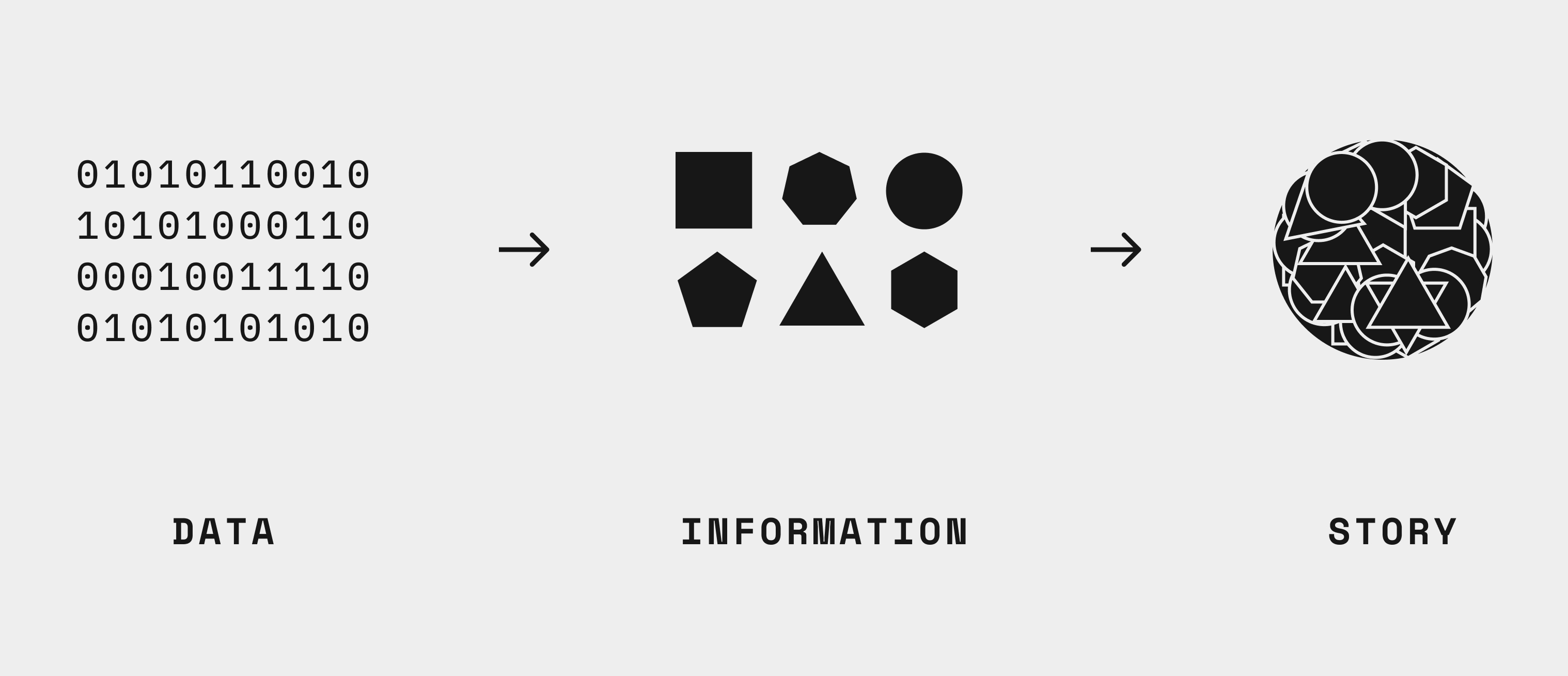
Misinformation kills
For better or worse is a function of truth.
When truthful, information rationalises markets and tightens societies. It scales the trust that makes strangers talk and trade.
As we’ve seen, humans are the networked species. We’ve bypassed natural boundaries through shared belief in stories that align individual minds with grand group goals. These myths cast an imagined order, a mental map that allows us to navigate the messy, objective reality as large coordinated groups.
But what happens when the raw material is misguided, when the map shows a mountain where the territory is a ravine? The house of cards comes crashing down and the lies cause real suffering. So far mostly on a national scale: the Roman, Napoleonic, Nazi and Soviet networks fell to give rise to others. Historic selection of myths, if you will. Now, the internet has raised scale and stakes, uniting billions in a global digital network that defies national borders. If our global myths fail, we all suffer.
Web 2: Popular > True
The problem is that the digital networks we get informed by are owned by corporate titans with greedy shareholders. Their algorithms govern information for profit similar to how Nazis governed press for power. Attention is the native currency of the Internet as currently constructed. The longer you keep watching, the more eyeballs to sell to advertisers, the higher the stock price climbs. When clicks equal revenue, there is no incentive to tell the truth. Feeds show what is popular over what is true. Fact checkers face the impossible task of holding back a raging river with a bucket. They are too far downstream: (mis)information spreads a lot of faster than it can be invalidated against truth. The genie/virus can’t be put back into the bottle/lab.

Reality → Data → Information → Story
At this point, it’s important to remember the difference between data, information and stories.
Data renders reality as numbers that can be verified through measurement and calculation. It’s objective and quantitative. Information interprets data in relation to an environment so it gains meaning. Claude Shannon, the father of information theory, defined information as the “resolution of uncertainty.” It leads the way for agency. For example:
Data — My body records a drop in temperature and increasing friction from wind. These changes can be measured and rendered in numbers.
Information — My brain interprets the change as a sign of bad weather to come. Action: I put on a rain jacket.
When building blocks of information are pieced together as one, they become a story. As dots are connected, blind spots filled in and inconsistencies glossed over, the original information is increasingly abstracted away from reality through subjective interpretation by the brain. From there, abstraction increases the further it travels from the original subjective experience through space, time and media.

Fiat information
In modern times, our feeds are controlled by centralised institutions we trust to care more for truth than for power and profit. To care more for enlarging our collective societal pie than for protecting their own piece of it. Against the backdrop of human nature, that reads like a self-defeating idea. Governments, banks and Facebooks look out for your best interests for as long as it lines up with theirs. Ultimately, they are incentivised to maintain a level of information asymmetry, skewing information as it travels from data source to society.
Of all myths, fiat money must be among the most impressive ones ever devised. Billions of people trusting notes of paper to be worth x. Not because we can trade it for scarce assets like gold, but because a band of faceless central bankers says so. What’s in a name: the Latin word fiat effectively means “let it be done.”
By analogy, Balaji Srinivasan coined the term fiat information for information we trust to be true by proxy of the institutions backing it. So when the institutional top proclaims the corona virus doesn’t infect humans, masks don’t help, handshakes are fine, psychedelics are dangerous, Iraq has WOMD, inflation is within expectations and the housing market won’t crash, the societal bottom believes, repeats, and acts accordingly — at devastating costs.
Crypto-information
Those who read my other piece on the flaws of institutions may know where this is going. Society can’t trust the gatekeeper because the gatekeeper is human and humans are naturally selected to be self-interested. Bias inevitably creeps in, with manipulation always lurking around the corner.
Blockchains show how to create better feeds. At its core, a blockchain is a chronological feed of records, protected from human bias by replacing humans with cryptography.
On the Bitcoin blockchain, each record is a transaction specifying:
What — Amount of BTC transacted.
Who — Sender and recipient who digitally signed for the transaction.
When — Timestamp.
Each transaction is cryptographically verified by miners and sent to the network. Because every user has a an up-to-date copy of the list, the records are fundamentally unchangeable: if someone alters a record, the network rejects it. There is no need to trust any third party these records are truthful and won’t be tampered with. Everyone can verify for themselves. Trust is programmed into the system itself.
Truth as a scarce resource
This model can be generalised to represent any scarce resource. Already, blockchains are used to track ownership of cryptocurrencies, non-fungible assets like art, intellectual property and real estate, and identity.
In his talk at SmartCon, Balaji Srinivasan suggested we start thinking of truth the same way: a scarce resource. People, sensors and machines would shift from posting data and information online to on-chain. Tweets become a computationally checked records of who said what when in feeds everyone can fact check. Finding the original source of any story flaring tempers across the web and verify its integrity becomes dead easy. Cryptography purifies the well of our information pipeline, and with it the research, reporting and regulation downstream.
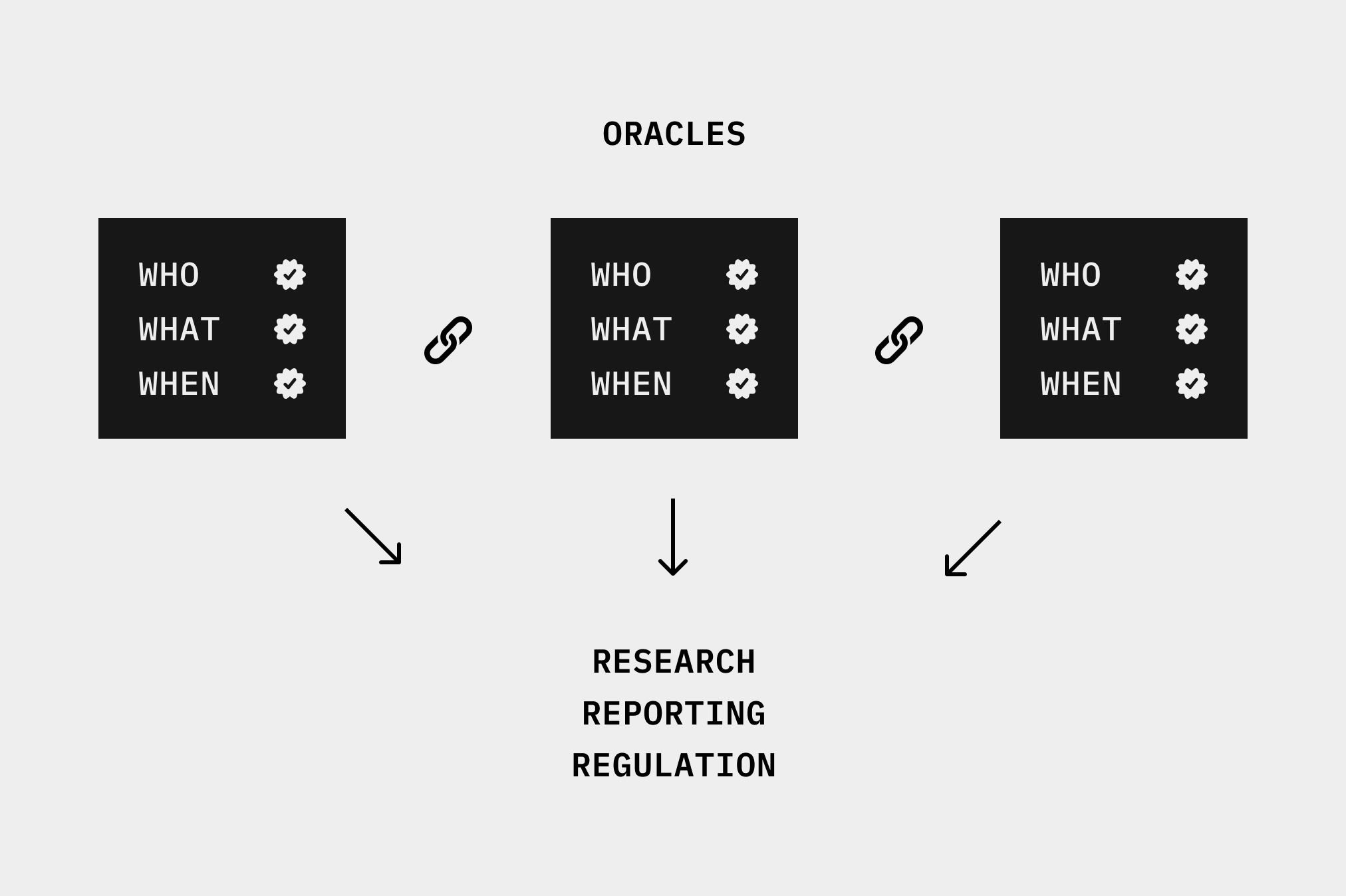
Now, the incentives align. In crypto, an entity that records data with offline origins on-chain is called an oracle. As such, every person and organisation eventually becomes an oracle. Posts become scarce assets that can be traded in a marketplace that rewards truth and holds liars accountable.
To keep track of what was recorded by who when separates verifiable facts from the narratives constructed on top of them. It protects the integrity of the information that drives our actions as individuals and societies. It prevents misinformation, pops propaganda and allows us to anchor myths in reality. Truth matches cultural maps to real-world territories.
In short, it's Joseph Goebbels’ worst nightmare.
